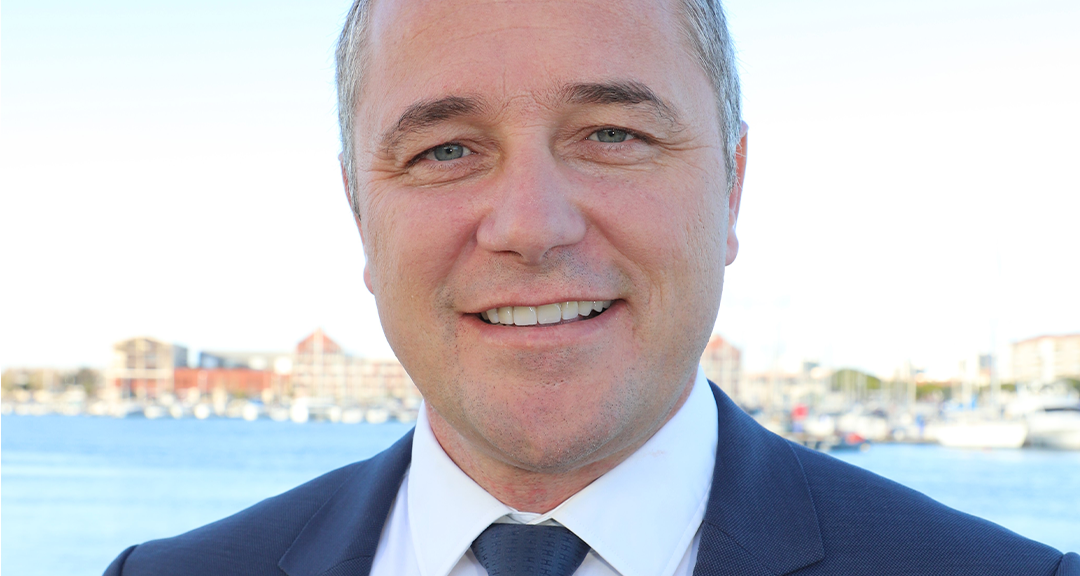Port Saint-Louis du Rhône (PSL) is around one hour’s drive west of Marseilles. With a population of over 8,600, this port town was founded in the early 20th century as a means of developing the mouth of the Rhône river. Formerly an industrial town, it has refocused heavily on sailing, and PSL now has 4,000 dry and wet berths for yachts. Quality of life for residents is clearly a priority, with new housing, parks and recreational amenities having been created in these redeveloped areas in recent years. The aim is also to create a soft transition between the residential zones and the logistical or tertiary precincts. PSL is a human-sized town with big ambitions for the interface zone between the port and the urban areas, and for that reason AIVP was keen to interview its Mayor, Mr Martial ALVAREZ.
The Town of Port Saint-Louis du Rhône has been a member of AIVP since 2018.
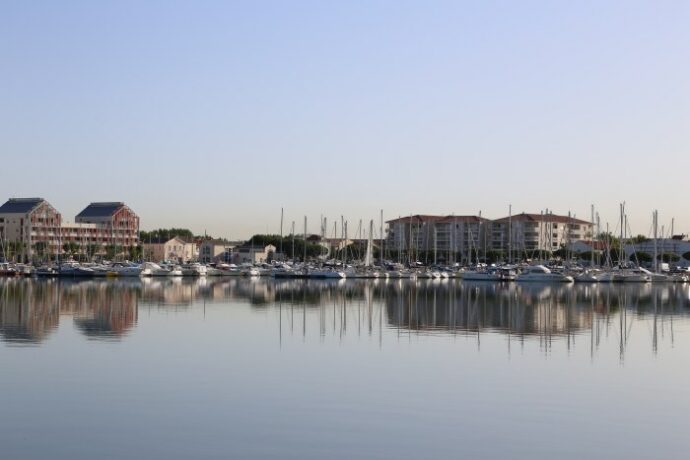
AIVP – Since 2018, the regeneration of brownfield land on the Mazet peninsula has been a flagship project for the municipality and its partners. Disused sites and old warehouses were demolished, before the land was cleared of pollution and converted into tertiary economic zones, along with an intergenerational park open to the population.
Could you tell us more on this brownfield land regeneration?
Mr Martial ALVAREZ, Mayor of Port-Saint-Louis du Rhône – For our municipality, the Mazet peninsula represents a substantial reserve of over 300 hectares of land. This area is strategically valuable for developing marine activities, such as sailing, shellfish farming, fishing, and seaside tourism. It is located between the historically developed urban zone to the north of the central port, the Camargue Regional Natural Park to the south, and the container port at Marseille Fos to the east. The local area was already home to several marinas (over 3,000 wet and dry berths), fishing, and shellfish farming.
We were keen to preserve and promote the development of those different economic activities, whilst maintaining a healthy spatial balance between urban, economic, and natural zones.
It was also important to lay the foundations for more ambitious development in the future. That required a number of steps. Getting control of the land, to start with. Then carrying out environmental surveys and cleaning up the brownfield land. This process enabled us to identify more clearly what the different spaces would ultimately be used for, and to create the right technical conditions for developing them.
Finally, an agreement was signed with Grand Port Maritime de Marseille, to transfer management of certain quayside zones on the main channel leading to the sea, deemed no longer essential for their activities. That cooperation with Grand Port Maritime de Marseille was vital to allow us to move forward.
It meant we were able to create a new fishing port, grouping together the existing fisheries and shellfish-related activities, and plan new facilities to house the yacht companies, especially those dealing with multihull business.
A number of development plans were needed, notably in consultation with GPMM, to organise this vast 700 hectare interface zone to the north and south. In particular, we had to identify areas of environmental importance, which we focused heavily on in order to meet offsetting requirements. These are buffer zones that are crucial for managing the territory properly. We wanted to treat this aspect as an asset that makes the whole zone a special interface. This is reflect in the cycle paths to the north or discovery trails for the public to the south.
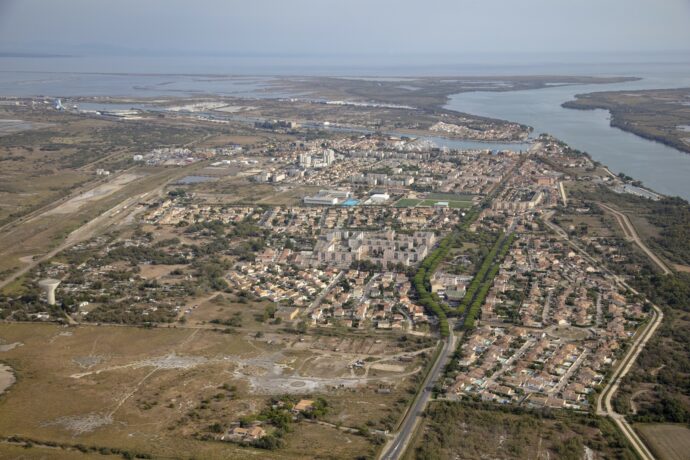
AIVP – Your town is betting heavily on growth in yachting and the cruise industry in the Mediterranean. Land has been freed up to create new developments specially for these activities, which require large amounts of space. In an interview with the newspaper La Provence in August 2020, you mentioned “hundreds of hectares dedicated”.
How to combine the growth of yachting with the welfare of your citizens?
Mr Martial ALVAREZ – The Mazet peninsula, as I have just mentioned, was the focus of a major plan to develop sailing and seafood-related activities (the latter including shellfish farming and fishing).
However, that approach required us to take appropriate environmental offsetting measures. A substantial land management plan was launched for 150 hectares of natural spaces, enabling us to put forward an “ARO” (Avoid, Reduce, Offset) initiative. This was necessary in order to compensate for the creation of new activities on the site.
The town’s status as a sailing centre is also being strengthened by measures to redevelop its inland river port on the Rhône, providing improved facilities for berthing commercial and river cruise vessels (104 stopovers in 2019). Current plans to create a real river layover for cruise boats (of up to 130 m) will see us spearhead a new initiative called “Provence Fluviale” (Provence by River) driven by the Bouches-du-Rhône département and implemented by a joint public-private association.
The range of activities, focused on tourism in the Camargue, the mouth of the Rhône, and seafood (tasting sessions are very popular) is providing cruise operators with an incentive to include the stopover in their itineraries, attracting a wide international clientele.
These developments close to the town centre will also take into account the way the interface with the central precinct is managed in physical terms, to better showcase the tourist amenities and possibilities to be found around the central port. That desire to preserve the connection between the various districts around the port and the future “Nautismed” (sailing and marine) cluster provided the impetus for the creation of a 6 hectare international recreational area on the south bank of the central port. It will be popular with all kinds of users, and enhance the image of this historic location.
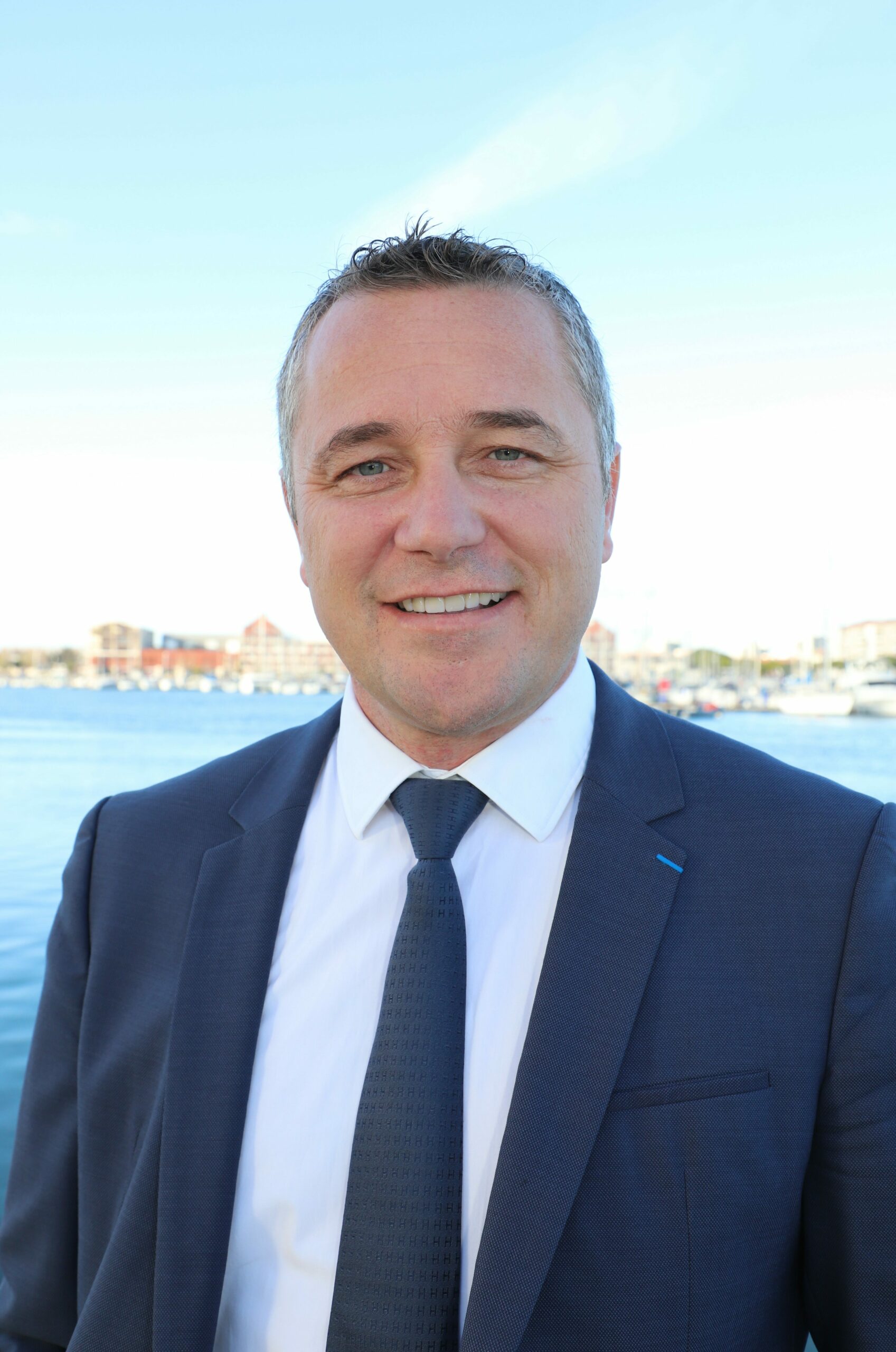
AIVP – There are still substantial logistics platforms on PSL’s territory. They are part of Grand Port Maritime de Marseille-Fos (GPMM) and have an impact on urban development. One example concerns the interface between the platform at quay 3 and the residential zones.
How to valorize the interface and make a softer transition with the port areas?
Mr. Martial ALVAREZ – Our approach to territorial development is based on sound management of the interface areas between the town and GPMM’s industrial zones to the north, and between the zones housing marine-related activities and natural environmental offsetting areas further south.
Development of the “Distriport” logistics zone (280 hectares) opposite the container port must also go hand in hand with the urban functions of the nearby town. It is vital to manage this interface the right way.
As part of our plans for this intermediate territory, we adopted a project in the recently revised urban development plan, for a central axis connected to the main road leading to the port zone, along the western boundary of Distriport (II). It will provide an additional entry and exit point on the western edge of the logistics zone. This axis will also form a boundary along the edge of the 100 hectare nature area that acts as a buffer with the city. The new road will also allow access to a new urban district being developed further south along the Saint Louis canal, with a bridge leading to the Sailing and Marine Cluster on the Mazet peninsula.
To ensure this interface remains both productive and balanced, we are moving to scale up and improved the quality of the services provided by the town, while guaranteeing better quality of life for residents. We are also keen to move forward with new or renovated housing and new educational, sports and cultural facilities, to attract new permanent residents who can work in the area.
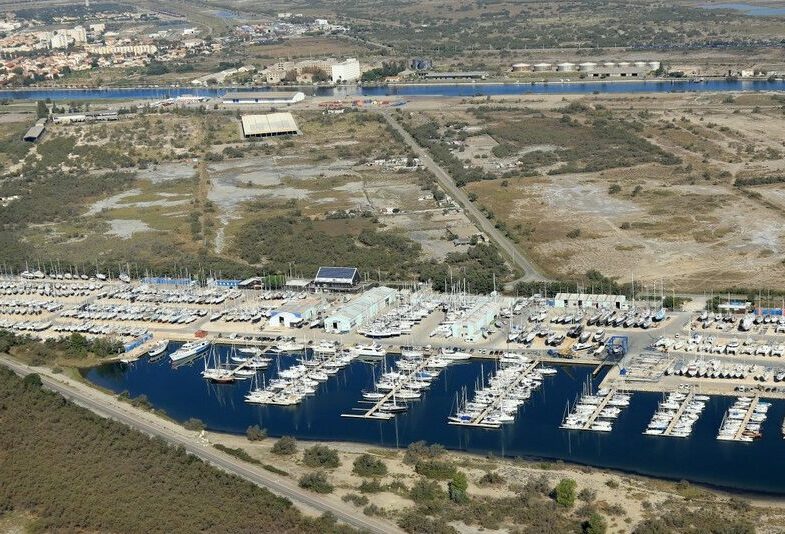
AIVP – A “new wind energy jobs cluster” is due to open soon in PSL, in connection with the various offshore wind projects being developed off the coast. Port towns and cities are naturally on the front line when it comes to the development of offshore wind, with the EU Commission predicting exponential growth for the sector: from 12 GW currently to 60 GW within ten years.
What could you say about your new wind energy cluster?
Mr Martial ALVAREZ – There are a number of floating offshore wind projects in the pipeline, opposite Fos bay, off the coast of Port St Louis. It was important to launch initiatives that would allow us to capitalise on the positive economic and social impacts generated by these new facilities.
We came up with the “Windtech” project to address that objective. “WINDTECH” is a “technical centre for new careers in the wind energy industry”. It is a major pioneering project in the field of the Energy Transition.
To achieve its goals, “WINDTECH” will contribute to the development of various activities, by hosting R&D and innovation ; education and training ; providing information and promoting awareness and tourism, to help improve the social acceptability of new industries created as part of the energy transition. It covers a number of fields, including Wind energy, Top-level sport (kitesurfing, sailing) recognised by elite sites (preparation for the 2024 Olympics) and Natural wind risks.
To that end, “WINDTECH” will offer services and resources (e.g. land, buildings, logistical and technical assistance, improvements, etc.) to promote the development of these activities. In conjunction with its partners, it will offer support for the industry’s growth. “WINDTECH” will also organise and capitalise on the positive economic and social impacts of the activities to be developed locally in the fields of the energy transition and based around wind and solar power.
These activities will be developed with professional bodies that have expressed an interest in participating in the project (e.g. France Énergie Marine, Marseille Innovation, CFAI, etc.).

